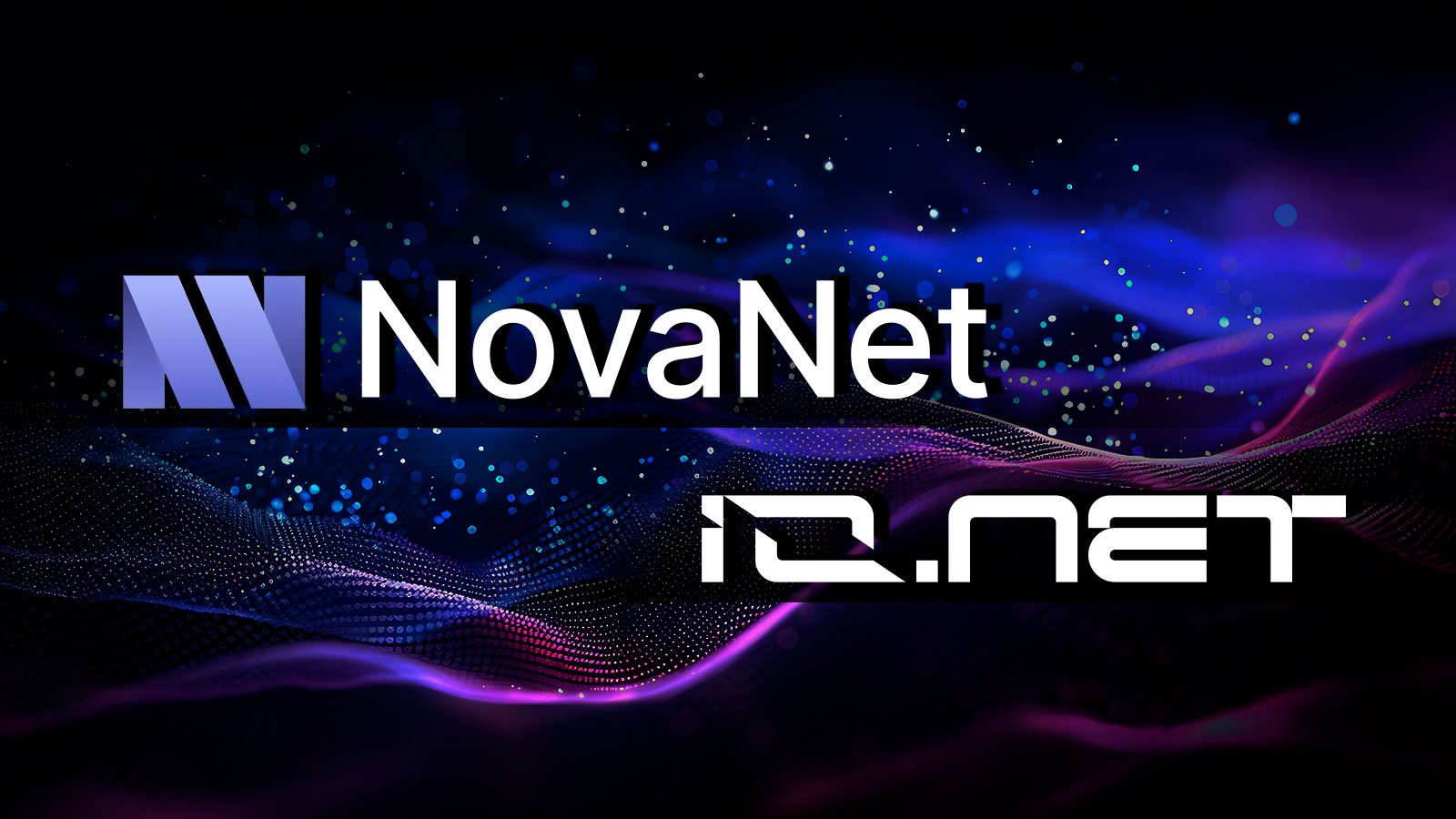
Ethereum, once heralded as the foundation of decentralized finance and smart contracts, has had a tough 2024. Analysts expected that key developments, like the approval of Ethereum ETFs, would spark a significant price rally, mirroring Bitcoin’s response to its own ETF. However, Ethereum’s price has not reflected these expectations and continues to struggle far below its all-time high of over $4,800, which it reached in late 2021. Several factors are contributing Ethereum price stagnation.
The ETF Effect: Lack of Staking Rewards Hurts Demand
One of the primary reasons behind Ethereum’s sluggish price performance lies in how the newly launched Ethereum ETFs are structured. Unlike holding Ethereum directly, where investors can stake their ETH and earn rewards, these ETFs don’t offer staking benefits. In Ethereum’s proof-of-stake model, ETH holders can lock up their tokens to help secure the network and earn rewards in return, with annual yields ranging between 4% to 6%. Unfortunately, ETF investors do not receive these rewards; instead, they go to fund providers like BlackRock or Grayscale, who hold the ETH on behalf of the investors. This makes Ethereum ETFs less attractive, especially compared to directly holding ETH, which benefits from both price appreciation and staking rewards.
Ethereum’s Scalability Challenges Persist
Ethereum has made significant strides in transitioning from a proof-of-work (PoW) to a proof-of-stake (PoS) system, which was completed with the Merge in 2022. However, Ethereum still faces scalability issues. The network’s gas fees remain high during periods of network congestion, limiting widespread adoption and making Ethereum less attractive for users and developers alike. While Ethereum is working on long-term solutions, like layer-2 scaling technologies and sharding, these are still under development and haven’t yet brought the expected relief. In the meantime, Ethereum’s competitors like Solana and Avalanche, which offer faster and cheaper transactions, have captured a growing share of the market.
Market Sentiment Improves, but Ethereum struggles to rally
The broader cryptocurrency market has seen renewed optimism following the Federal Reserve’s decision to cut interest rates by 50 basis points in mid-September 2024. This rate cut was expected to inject more liquidity into the markets and provide a boost to riskier assets like cryptocurrencies. Many assets, including Bitcoin, responded positively, with Bitcoin’s price showing signs of recovery. However, Ethereum has not enjoyed the same upward momentum. Despite the favorable macroeconomic backdrop, Ethereum’s price remains stagnant. This could be attributed to the fact that the rate cut alone isn’t enough to overcome Ethereum’s internal challenges, such as unresolved scalability issues and competition from other blockchains.
Competitive Pressures from Other Blockchains
Ethereum is no longer the dominant force it once was in the smart contract and decentralized finance (DeFi) space. Blockchains like Solana, Avalanche, and Cardano have gained traction by offering faster transaction speeds and lower fees, attracting developers and projects that might have otherwise chosen Ethereum. These competing blockchains are not only capturing market share but also offering more attractive ecosystems for developers and users, particularly in the realms of DeFi and NFTs. As a result, Ethereum’s dominance is being challenged, limiting its ability to drive demand and push prices higher.
The Outlook for Ethereum
Ethereum’s growth potential depends on two pivotal factors: the success of its network upgrades and possible changes to ETF regulations. Full implementation of layer-2 scaling and sharding could reduce gas fees and improve transaction speeds, positioning Ethereum to compete more effectively with faster, cheaper blockchains like Solana and Avalanche.
A key question is whether the SEC will adjust ETF regulations to allow staking rewards for Ethereum ETFs. Currently, the SEC maintains a conservative approach, excluding staking benefits in favor of minimizing investor risk. However, growing interest in evolving crypto investment products suggests that if the SEC eventually allows for staking rewards in ETFs, it could significantly boost demand.
Moreover, recent delays by the SEC, such as postponing decisions on BlackRock’s Ethereum ETF options, suggest that regulatory shifts could still be on the horizon. This pause might indicate ongoing discussions about how to adapt crypto ETFs, potentially revising rules to favor staking options. You can explore more about the SEC’s delay and what it means for crypto ETFs in this detailed article on Unlock Blockchain.
Despite the challenges, analysts remain optimistic about Ethereum’s long-term price potential. Some forecasts suggest that Ethereum could reach between $10,000 and $22,500 in the coming years, driven by its expected network improvements and broader adoption in decentralized finance (DeFi), NFTs, and other sectors.
Ethereum’s Stagnation and Bitcoin’s Lead: What’s Next?
Ethereum’s current price challenges can be attributed to several key factors. These include the absence of staking rewards in Ethereum ETFs, ongoing scalability limitations, and heightened competition from newer blockchains like Solana and Avalanche. While the broader market has shown optimism after the recent Federal Reserve rate cut, Ethereum’s price has yet to significantly rally. Looking forward, Bitcoin’s historical role as the leading driver of the digital asset space offers hope. As we approach the post-halving phase—typically a bullish period for Bitcoin—Ethereum could be pulled along by Bitcoin’s momentum. Historically, Bitcoin has set the pace for the crypto market, with a few instances where Ethereum has taken the lead. With critical upgrades still in the works and Bitcoin potentially pulling the market upward, Ethereum may regain its lost momentum in the near future.










